It is essential for companies and organizations to secure their facilities, people, and assets, but with ever-shrinking budgets and increasing personnel/labor costs, doing the job right presents growing challenges. Providing around-the-clock security and monitoring of public areas requires significant investments in personnel and systems, and the costs are often too high for many firms. Limited visibility into remote areas or across extensive sites can create security blind spots, and insufficient coverage area by ground-based or static/mounted camera systems can lead to delays in detecting and responding to anomalies or intruders. In addition, security personnel without sufficient information can be caught in dangerous situations.
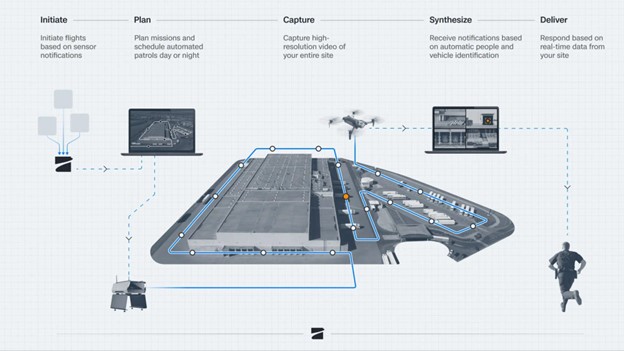
Innovations in drone technology and remotely operated docked drones offer a solution to these site security initiatives across the board. Drones help address the shortcomings of commonly used methods–such as perimeter foot patrols, CCTV, and alarms–by expanding patrol frequency and coverage, aerial camera coverage, and fast response to alarms or calls. “Remotely operated drones have proven to be highly effective in common use cases such as emergency response, providing oversight and situational awareness before security arrives, and monitoring high-risk areas like parking lots and storage lots that are commonly targeted,” stated Lee McMillan, Director of Product Marketing, Skydio.
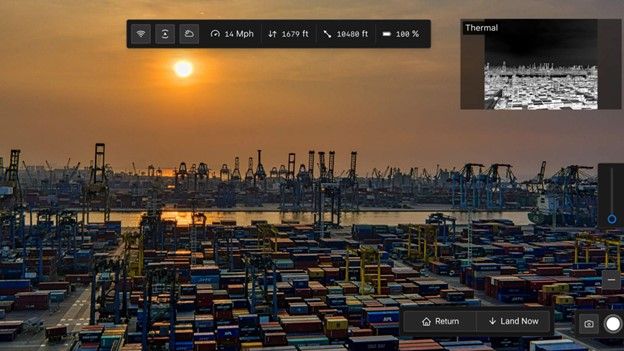
Remote operations with autonomous drone patrols flying over vast areas provide an elegant solution to site security. Automated patrols enable rapid drone deployment for immediate incident response. It reduces the need for extensive on-site security personnel, increasing situational awareness and improving the safety of on-site personnel. Also, drones are managed remotely for operational flexibility and can be operated by one pilot across multiple sites day or night, which results in significant savings for the company.”
Through this approach, McMillan said, “Site patrol missions can be scheduled on user-defined intervals and even randomly to avoid predictability.” Also, he reported, “Autonomous flight capabilities allow you to capture angles other systems can’t, such as overwatch from a distance with Zoom, flying lower with obstacle avoidance, and it can cover coverage gaps in CCTV systems.”
Benefits of drones for security:
- Real-time monitoring and response, which offers the ability to monitor security threats in real-time and respond swiftly is crucial for site security. Delayed responses can exacerbate security situations, leading to increased risk and potential loss. Benefits include:
- Automated patrols - Cover more ground, more often
- Deterrence - Drones can deter criminal activity and support de-escalation
- Site inspection - Leverage the drone to inspect security assets and detect breaches
- Critical response - Detect when incidents occur and utilize the drone as a first responder to safely assess the situation.
- Operating drones remotely gives site security personnel the ability for a single pilot (centralized or onsite) to fly and monitor multiple missions, leading to more coverage and improved usage of resources. Allowing pilots to:
- Fly remotely - Manually fly the drone to get the information you need, whenever and wherever.
- Plan missions - Create and Schedule missions
- Live stream - Allow stakeholders to view live missions from any location or device
- Manage drone fleets - Manage drones, docks, users, and missions while obtaining data and analytics about flight ops.
- Download media - Automatically pull photos, videos, and mission data to Skydio Cloud when your drone is charging in the Dock.
- Fly remotely - Manually fly the drone to get the information you need, whenever and wherever.
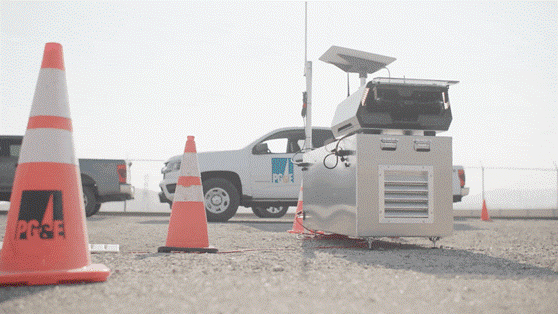
“All of these functions and capabilities work together to enable security responders to get a clear picture of the environment before they arrive on the scene,” McMillan stated. “The system also reduces dispatch calls by visually clearing false alarms or situations that don’t warrant a responder on the ground.”
—--------------
- For more information, see https://www.skydio.com/solutions/site-security
- See Skydio X10 in action: https://www.youtube.com/@Skydio/videos


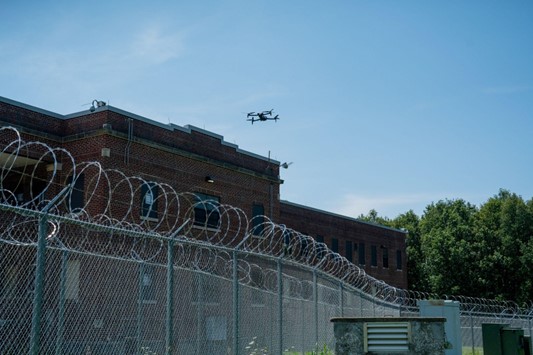

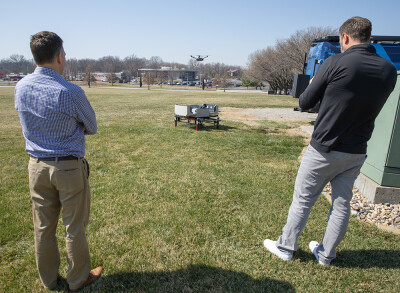
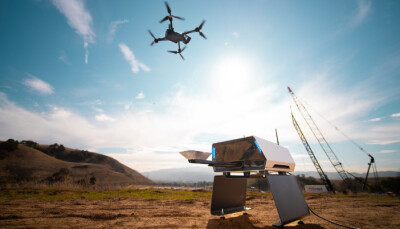









Comments